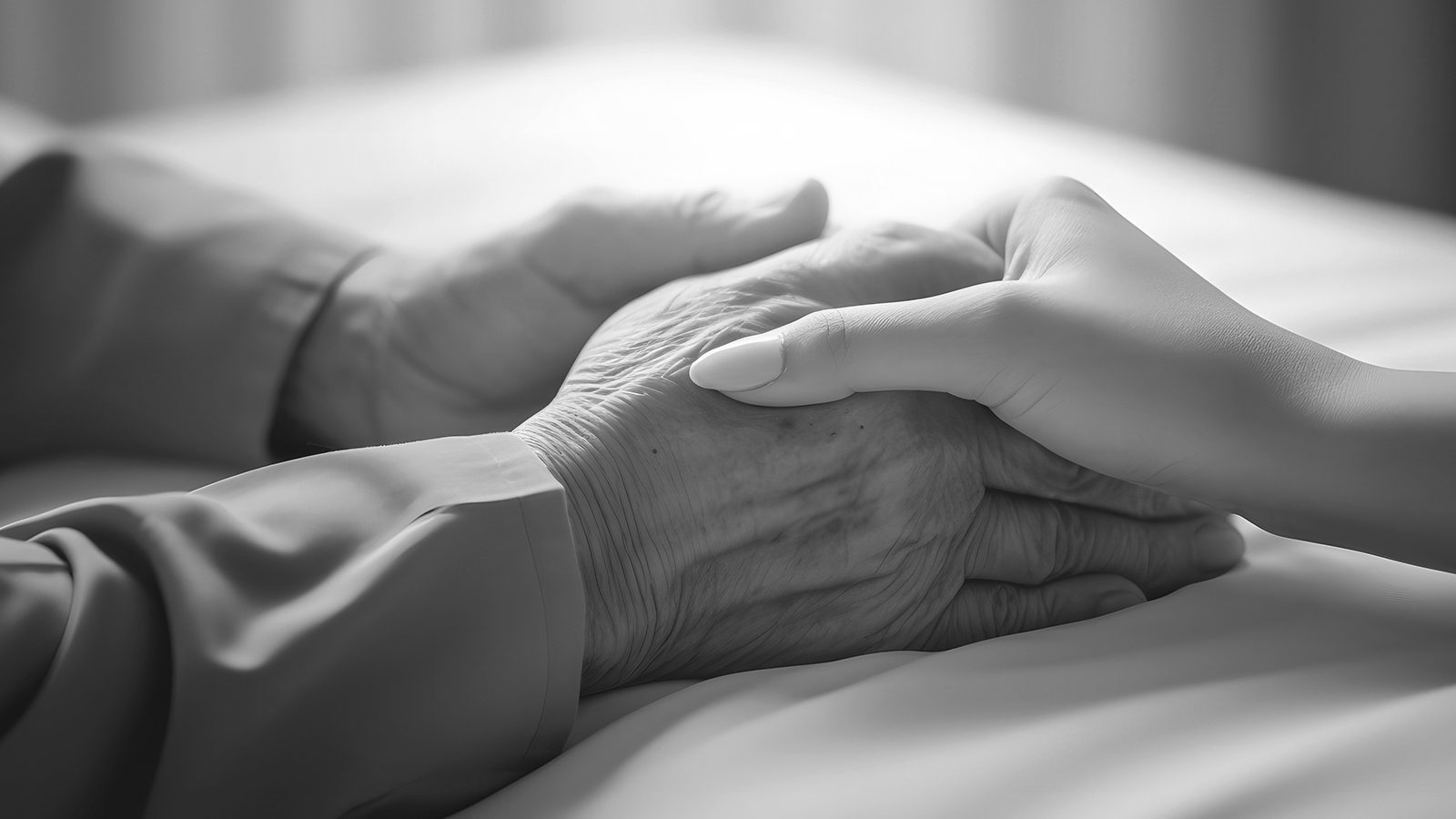What did Gia Carangi say on her deathbed?
Gia Carangi, once a dazzling ray of light in the modeling world, rose to fame like a white-hot shooting star in the late 1970s and early 1980s. By the mid-80s, she was on her deathbed, giving a few words of advice to a nurse who had no idea who her patient was.
With her smoldering good looks and rebellious spirit, Gia quickly became one of the most sought-after models of her time. She graced the covers of top fashion magazines. She also worked with renowned photographers. But behind the glitz and glamour, Gia’s life was filled with challenges and heartbreak.
In the mid-1980s, Gia’s career began to wane. The pressures of the fashion world led to drug abuse. She ignored pleas and advice issued by her mentors. Moreover, her struggles with addiction and a breakup with her girlfriend led her down a path of self-destruction.
From the Runway to the Deathbed in Such a Short Time
Gia’s addiction spiraled out of control. As her mood swings intensified and her actions became riskier, the fashion industry dropped her. She had become a liability, burning out her once-hot career by her early twenties.
Instead of continuing to grace magazine covers, she found herself battling unemployment. By the early- to mid-80s, she had to sell her body to make ends meet. Combined with her still spiraling addiction, it was a tragic mix.
By December 1985, Gia’s health had deteriorated to the point where she landed in a hospital in Pennsylvania. She received a diagnosis of bilateral pneumonia.
But the nightmare that Gia’s life had become was about to get even worse.
A few days later, doctors delivered a more harrowing diagnosis: Gia had AIDS-related complex. At a time when the medical community had limited knowledge about AIDS, Gia’s prognosis was grim.
The following year, Gia’s health further declined. After a brutal attack left her on the streets, she was hospitalized again in October 1986. The severity of her condition and the limited understanding of AIDS at the time meant the entire staff treated her case cautiously. They sanitized every surface she touched – not knowing how it damaged Gia’s psyche. The attending medical staff also wore full protective gear when treating her.
During this bleak situation, Gia had a poignant conversation with a nurse. Unaware of Gia’s fame and past employment as a model, the nurse mentioned a photographer interested in taking pictures of her daughter. That’s when Gia gave the surprised nurse some advice.
Gia’s Deathbed Words
Gia’s response was heart-wrenching and filled with regret:
“Don’t do it. Even if she wants it, don’t let her do it. I used to be a model. You don’t want your kid to be a model.”
Tragically, on November 18, 1986, Gia Carangi succumbed to AIDS – at the tender age of 26. She became one of the first famous women to die from the disease. Despite her significant impact on the modeling industry, her funeral was somber. Only a few close family members and friends attended.
The fashion industry, known for its fleeting nature, had already moved on. The industry had already replaced Gia with another rising star – a beautiful 20-year-old woman called Cindy Crawford. The modeling agents even nicknamed Crawford “Baby Gia.”
Why Did Gia Tell the Nurse Not to Let Her Child Become a Model?
The modeling industry might appear to be a world of glamour, luxury, and fame. Still, it has a darker side that remains cloaked from the public eye. While the allure of becoming a top model is undeniable, the journey to the top is fraught with challenges. The climb to the top significantly affects an individual’s physical, emotional, and mental well-being.
We explore a few pitfalls of the fashion industry that might have caused Gia to offer that deathbed advice. These are best-guesses, nobody really knows what was in Gia’s mind when she issued the advice to her nurse.
1. Physical Demands:
The pressure to maintain a specific body type or weight can be relentless. Models often resort to extreme diets, excessive exercise, or even develop eating disorders in their quest to fit the industry’s often unrealistic standards. This can lead to long-term health issues, including malnutrition, bone density loss, and metabolic imbalances.
2. Mental and Emotional Strain:
The constant scrutiny and criticism can erode a model’s self-esteem and self-worth. Rejections, negative feedback, and the transient nature of success in the industry can lead to anxiety, depression, and other mental health challenges.
3. Exploitation and Harassment:
Many young models are vulnerable to exploitation, especially when breaking into the industry. Unscrupulous agents or photographers might take advantage of their naivety, leading to financial fraud or, in worse cases, sexual harassment and assault. A New York Times article explains how models are independent contractors. Thus, they do not receive many of the same protections as full-time employees. That leaves them vulnerable to manipulative people around them.
4. Isolation:
Models live a nomadic lifestyle. They often travel to different cities or countries for assignments. That lack of roots can result in feelings of loneliness and isolation. Being away from family and friends, coupled with the competitive nature of the industry, can make genuine connections rare.
5. Substance Abuse:
The high-pressure environment and the party culture that sometimes accompanies the fashion world can make models susceptible to substance abuse. Drugs and alcohol might be used as coping mechanisms. As a result, it can lead models to addiction and further health complications. We saw this with Gia, who took to her deathbed at such a young age.
6. Short-lived Careers:
The modeling world is notorious for its ever-changing trends and preferences. Models can be in high demand one season and out of work the next. This uncertainty can lead to financial instability. It also explains the stress of constantly reinventing oneself.
7. Loss of Identity:
Being constantly told how to look, dress, and behave can lead models to lose a sense of their true selves. They might feel like commodities, valued only for their appearance and not their unique personalities or talents.
Final Thoughts on Gia Carangi’s Deathbed Advice
While the modeling industry offers the promise of fame, wealth, and glamour, it’s essential to recognize the significant challenges models face. Aspiring models and those who support them should be well-informed and prepared for the industry’s demands.
It’s crucial for aspiring models to:
- Prioritize well-being and mental health
- Seek support when needed
- Remember that external validation doesn’t determine self-worth.
While explaining that advice to adults is easy, many models are teens. They are often just too young to understand all the pitfalls of the fashion industry.
Gia’s deathbed story is a stark reminder of the pitfalls and challenges that can lurk behind the glamorous facade of the modeling world. Her advice to the nurse underscores the importance of understanding the industry’s darker sides and the potential costs of fame.

















 Community
Community

